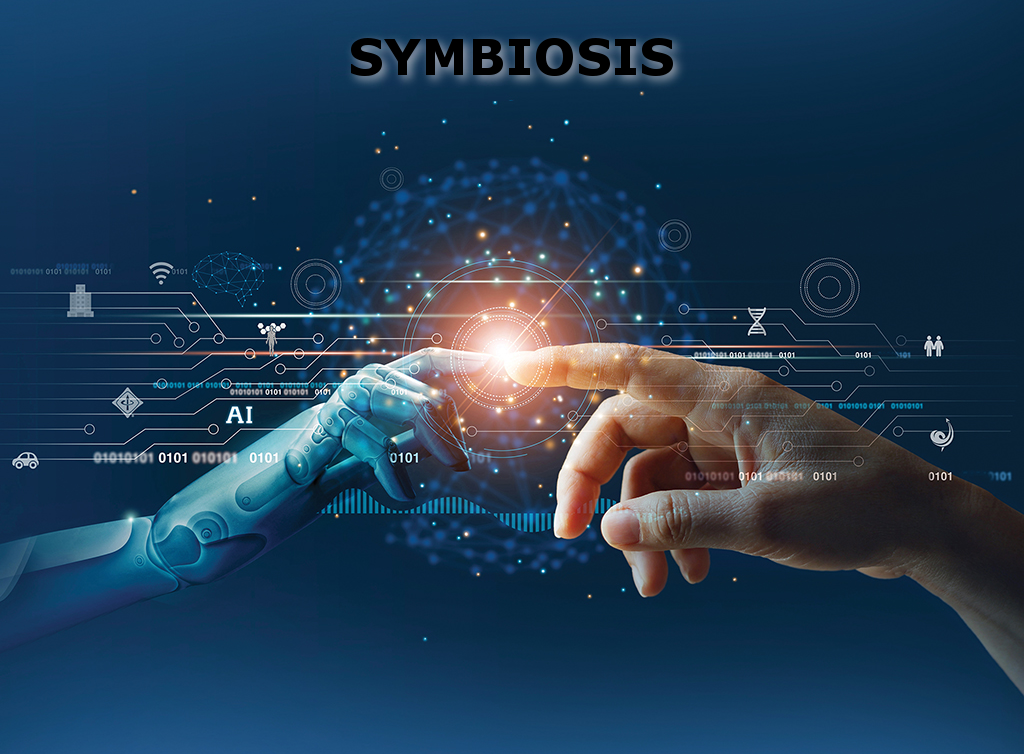
What if the ultimate test for artificial intelligence isn't about how smart it is, but how good it is?
For years, we've been captivated by AI's dazzling capabilities. It can pass the bar exam, write code, and generate breathtaking art. We measure its success in terms of processing speed, data analysis, and an ever-expanding list of tasks it can automate. But in a world increasingly shaped by algorithms, a profound new question is emerging: what good is AI, if it can't actually do good?
This isn't just an abstract philosophical query. It's the central challenge posed by a new initiative called the Flourishing AI Benchmark (FAI), which was recently highlighted in an article for the publication, Gadget. The FAI, developed by Gloo, a faith-based tech company, is a radical departure from traditional AI testing. It moves beyond metrics of technical prowess and instead evaluates how well AI can actively contribute to human well-being. This is a seismic shift. We're being asked to judge AI not by its potential, but by its purpose.
The benchmark itself is fascinating in its scope. It tests AI models across seven dimensions of human flourishing: Character, Relationships, Happiness, Meaning, Health, Finances, and Faith. Think about that for a moment. This is a framework that understands a complete human life is more than just efficiency or profit. It’s about building meaningful connections, finding purpose, and achieving genuine happiness. A financial planning tool that simply maximises your returns is no longer enough; it must also consider your financial well-being and reduce stress. A healthcare AI that diagnoses a disease is good, but one that also supports a patient's emotional health and provides a sense of meaning in their journey is truly great.
As tech veteran Pat Gelsinger so powerfully states, if AI isn’t supporting human flourishing, "the engineering 'ain't done', it's a bug and needs to be fixed." This perspective is a powerful indictment of a tech-first approach that often prioritises innovation without sufficient consideration for its human impact. It reframes the very idea of a successful AI system. It's no longer just about preventing bad outcomes—like a self-driving car not crashing—but about actively demonstrating the presence of good. It's a call for AI to be not just a tool, but a genuine partner in improving the human condition.
The implications for developers and companies are immense. This new focus means that the most successful AI applications of the future won't just be the fastest or the most efficient; they will be those that are ethically sound and intentionally designed to elevate people's lives. It's a paradigm that insists AI ethics cannot be a secondary consideration, a footnote in a technical manual. It must be woven into the very fabric of the design process, from the first line of code to the final user interface.
But the responsibility doesn't lie solely with the technologists. As Gelsinger rightly points out, defining ethical AI requires diverse voices: ethicists, psychologists, faith leaders, and everyday users. This is a call for a democratisation of the AI conversation, moving it out of the labs and into the public square. The future of AI should not be decided by a handful of brilliant engineers, but by a broad, collective human effort to shape a technology that reflects our best values.
In a sense, this new benchmark represents a maturity for the AI industry. It’s a recognition that the "wow" factor of a new algorithm is temporary, but its impact on our lives is permanent. The FAI offers a tangible, measurable way to hold AI accountable to a higher standard—a standard of human flourishing. It's an invitation to shift our thinking from "What can AI do?" to "What should AI do?" The answer, it seems, is simple yet profound: it should do good, and anything less is an engineering failure.
